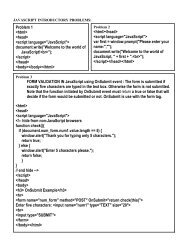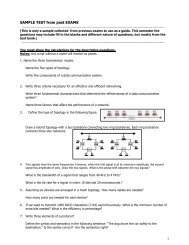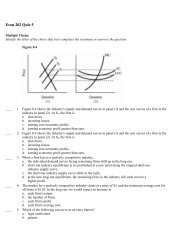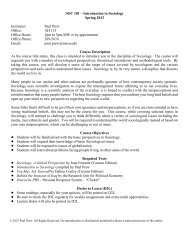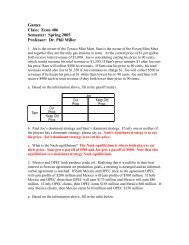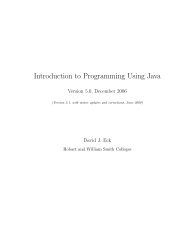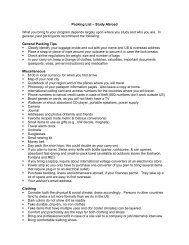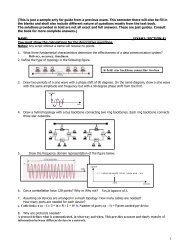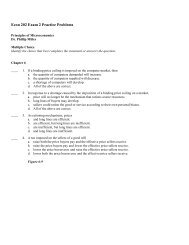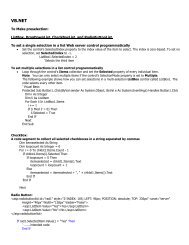Figure 2. Equivalent circuit of figure 1 if RE= R1+R2+R3 ... - Krypton
Figure 2. Equivalent circuit of figure 1 if RE= R1+R2+R3 ... - Krypton
Figure 2. Equivalent circuit of figure 1 if RE= R1+R2+R3 ... - Krypton
You also want an ePaper? Increase the reach of your titles
YUMPU automatically turns print PDFs into web optimized ePapers that Google loves.
EET-112: Elementary Electronics<br />
• If frequency is denoted by f and period by T, then the formula is f = 1/T.<br />
• The current follows exactly the same wave form as voltage.<br />
• The terminologies frequency, period, cycles etc. are applicable to all signals that are periodic in nature<br />
e.g. triangular, square wave etc.<br />
The frequency <strong>of</strong> AC supply is 50 Hz (cycles per second) in UK; 60 Hz in USA. A frequency <strong>of</strong> 50 Hz means a<br />
period <strong>of</strong> 1/50 = .02s = 20ms.<br />
Root Mean Square (RMS) Values<br />
The value <strong>of</strong> an AC voltage is continually changing. We use the root<br />
mean square voltage (V RMS ) to express AC signals. RMS is expressed<br />
in terms <strong>of</strong> peak voltage (V peak ) given by the following formula:<br />
V RMS = 0.7 × V peak OR V peak = 1.4 × V RMS<br />
These equations also apply to current. These equations apply only for<br />
sine waves, which is the most common type <strong>of</strong> AC. The values 0.7 and<br />
1.4 are d<strong>if</strong>ferent other shapes.<br />
The RMS value is the effective value <strong>of</strong> a varying voltage or current. It is the equivalent steady DC (constant)<br />
value which gives the same effect.<br />
For example, a lamp connected to a 6V RMS AC supply will light with the same brightness when connected to a<br />
steady 6V DC supply. However, the lamp will be dimmer <strong>if</strong> connected to a 6V peak AC supply because the RMS<br />
value <strong>of</strong> this is only 4.2V (it is equivalent to a steady 4.2V DC). In everyday use AC voltages (and currents) are<br />
always given as RMS values. It should be clearly stated <strong>if</strong> peak value is indicated.<br />
Note that RMS value is NOT average value <strong>of</strong> the signal. In fact the average voltage (or current) <strong>of</strong> an AC sine<br />
wave signal is zero because the positive and negative parts exactly cancel out.<br />
Visit URL http://www.kpsec.freeuk.com/acdc.htm for more details.<br />
Measuring Instruments and Power Sources:<br />
Measuring Instruments: Voltmeter, Ammeter, Multimeter, Oscilloscope<br />
Power Sources: DC power supply and Function Generator<br />
Read from the lab manual.<br />
See the ‘supplementary material for unit 2 - Part B’, posted on this subject’s web page, that includes<br />
picture <strong>of</strong> equipments with explanations that are used for unit 2 and subsequent experiments.<br />
Important points to Remember on Measuring Instruments:<br />
- For measurement <strong>of</strong> current the instrument must be connected in series to the measuring path, as shown<br />
in the <strong>figure</strong>. For example, for measuring current in each <strong>of</strong> the parallel path <strong>of</strong> resistances R1, R2 and<br />
R3 the ammeters (A1, A2, and A3) must be in series with each <strong>of</strong> the resistors R1, R2 and R3. If you<br />
have only one measuring instrument you can measure one after the other.<br />
Unit 2sup/page 5 <strong>of</strong> 8



